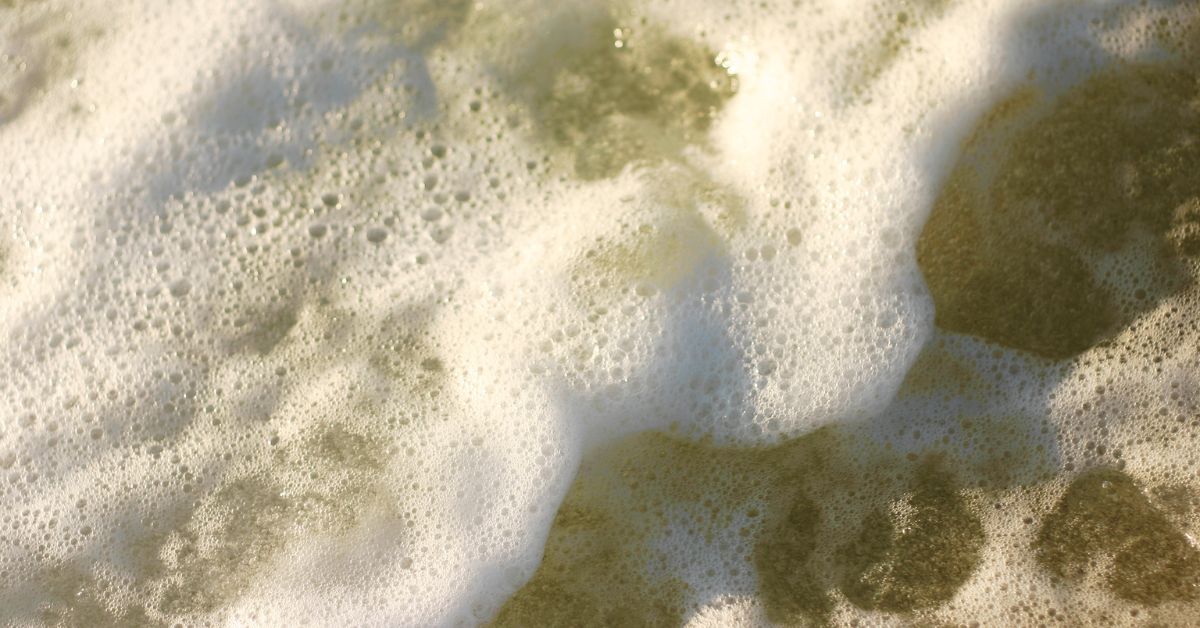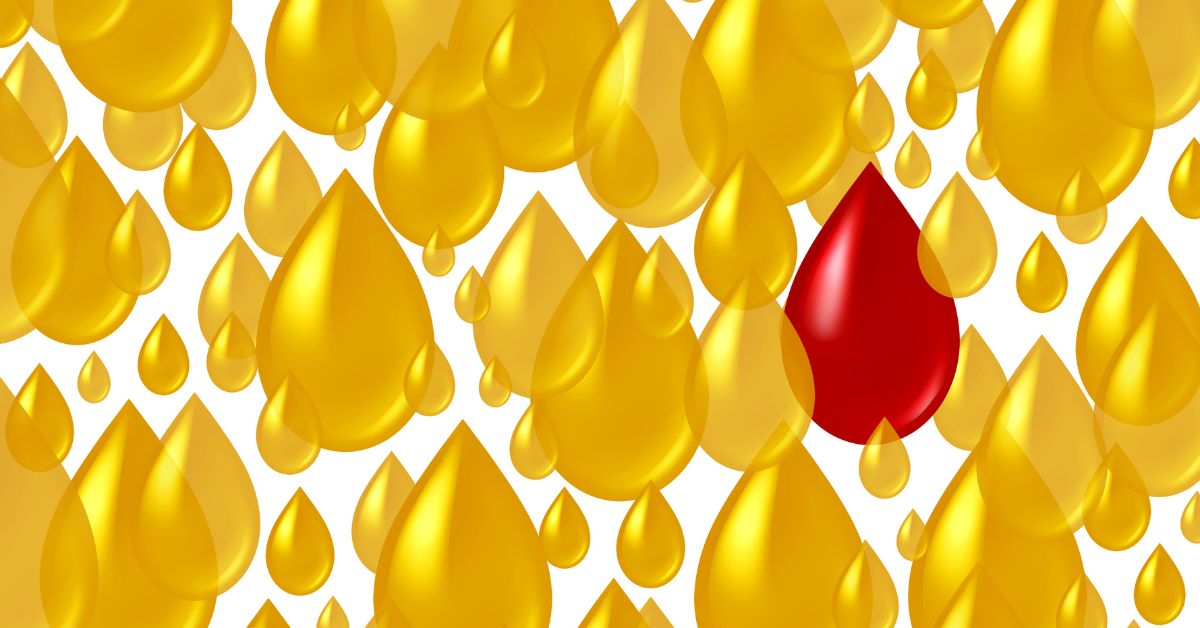The color, odor, and frequency of urination can offer valuable insights into your health. While not a definitive diagnostic tool, observing any changes and abnormalities may prompt further investigation into potential health issues.
Here are seven examples of how your urine may provide clues about your health:
1. Dark Yellow or Amber Color:

Dark-colored urine may indicate dehydration, as concentrated urine can appear more yellow or amber.
What to do: Increase your fluid intake. If the discoloration persists, consult a doctor.
2. Cloudy Urine:

Cloudiness in urine may be a sign of a urinary tract infection (UTI) or kidney stones.
What to do: Consult a doctor, especially if accompanied by pain or other symptoms of infection.
3. Frequent Urination:

Increased frequency without an obvious cause may indicate issues like diabetes or a urinary tract infection.
What to do: Monitor your fluid intake and, if the frequency persists, consult a doctor.
4. Sweet or Fruity Odor:

A sweet or fruity smell in urine may be a sign of uncontrolled diabetes, as excess sugar can be excreted through urine.
What to do: Consult a doctor for blood sugar testing.
5. Foamy Urine:

Persistent foamy urine might be a sign of excess protein, indicating potential kidney problems.
What to do: Seek medical advice for further evaluation of kidney function.
6. Red or Pink Urine:

Blood in the urine (hematuria) can give it a reddish or pinkish hue, suggesting various issues such as urinary tract infections, kidney stones, or more serious conditions.
What to do: Consult a doctor promptly for further investigation.
7. Strong, Unpleasant Odor:

A strong and unpleasant odor in urine might be a sign of a urinary tract infection or certain metabolic disorders.
What to do: Consult a doctor, especially if accompanied by other symptoms like pain or discomfort.
Any significant and persistent changes in bathroom habits should be discussed with a healthcare professional for a thorough evaluation and appropriate guidance.
